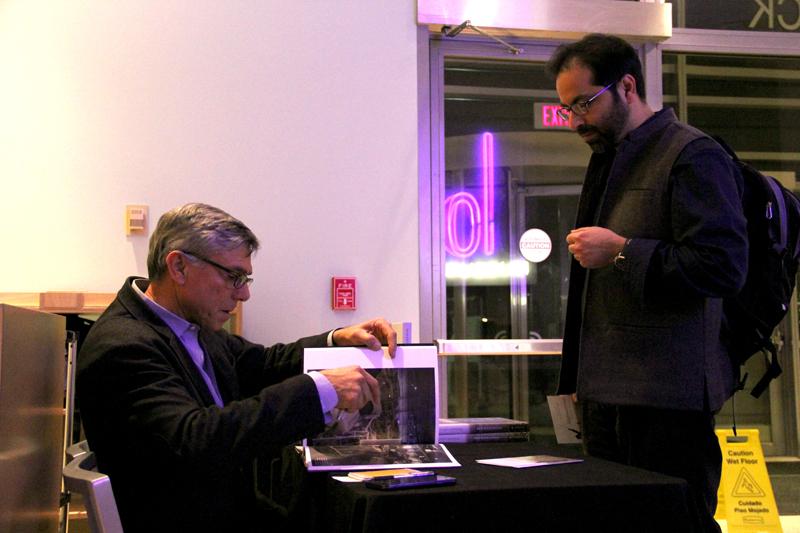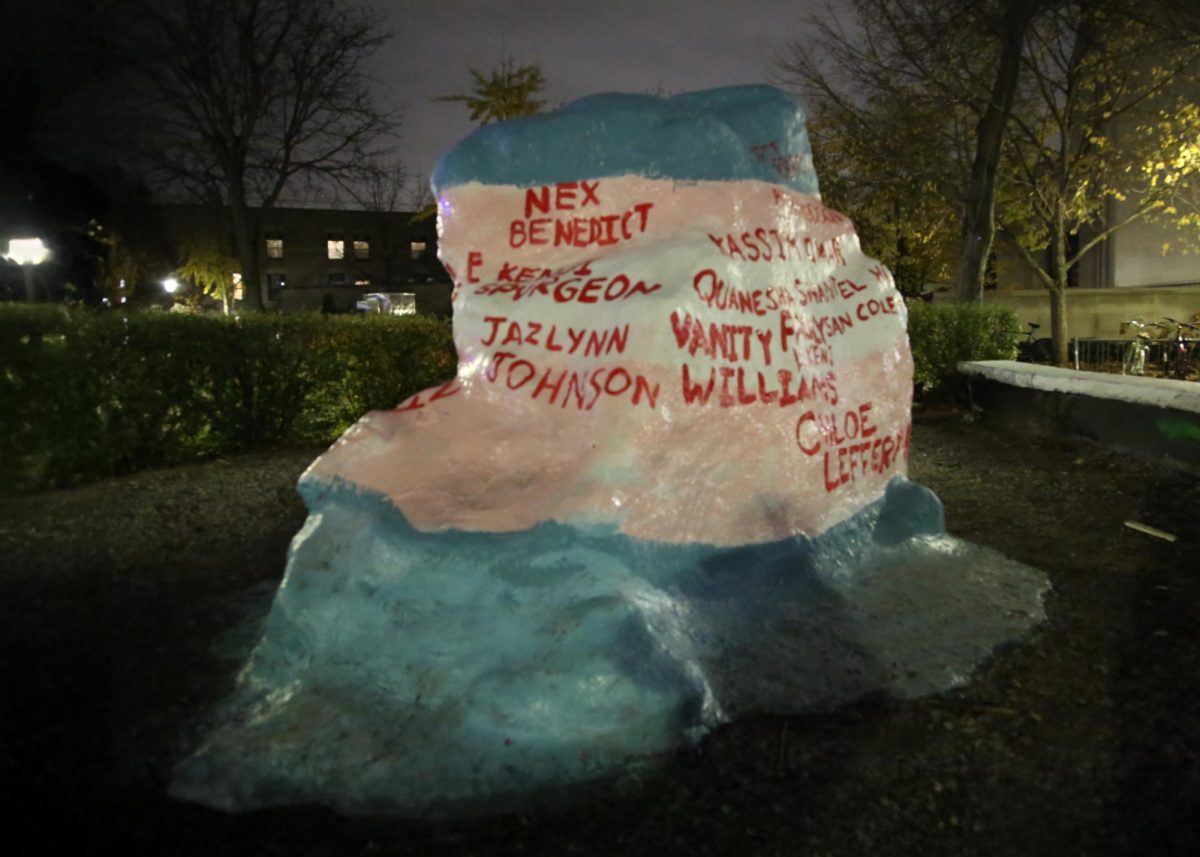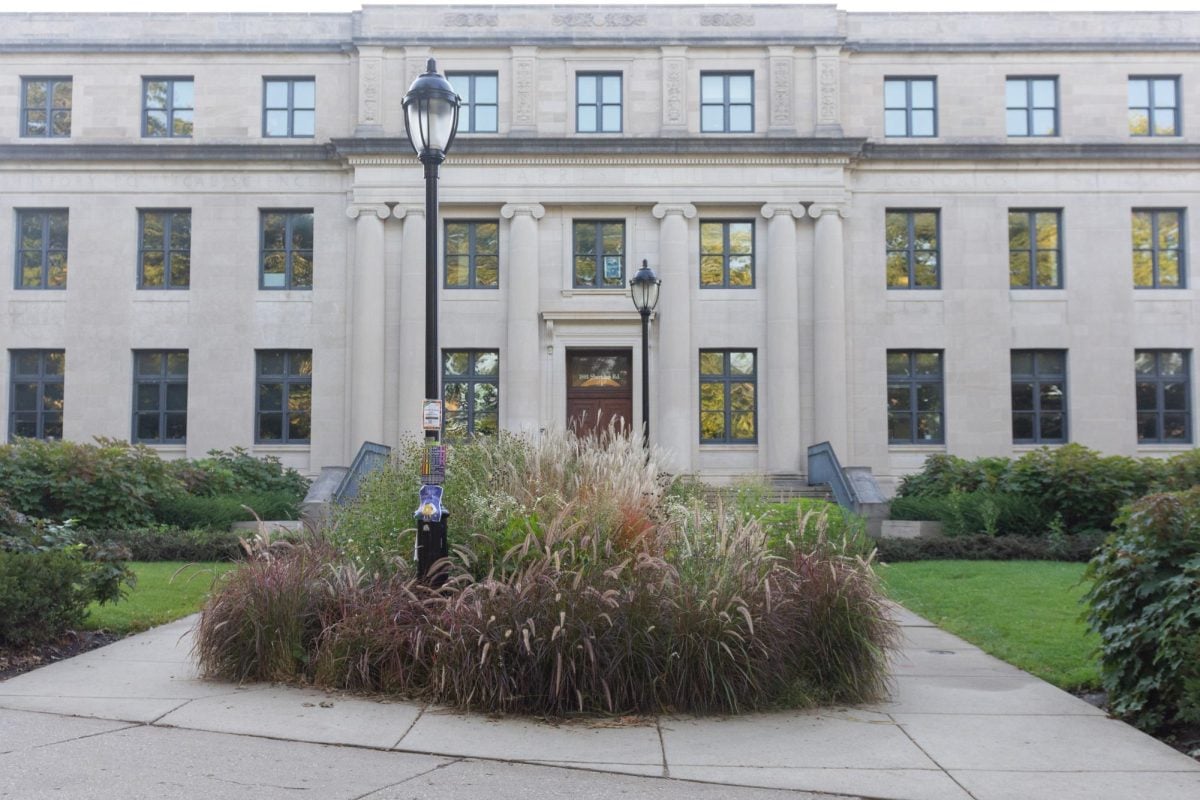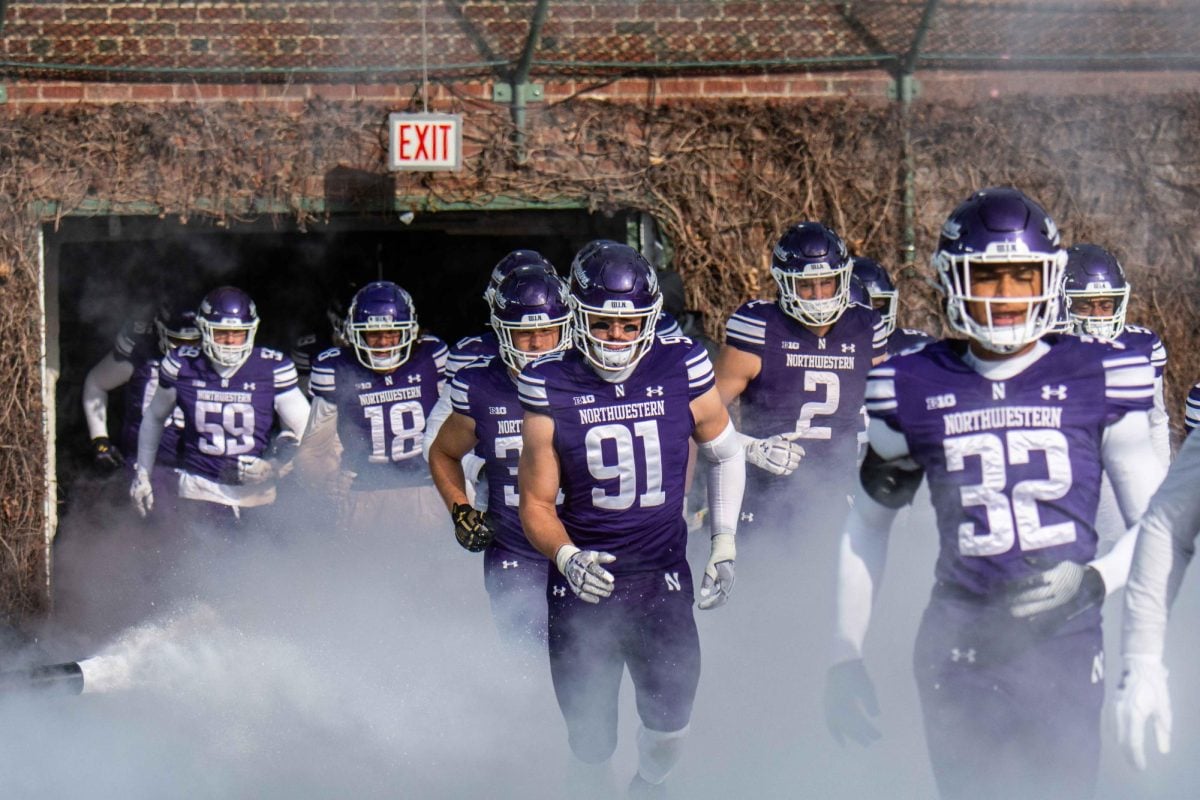After his photographs sat for years in a trunk and file cabinet, photojournalist Robert Nickelsberg compiled a book documenting his experiences in Afghanistan from 1988 to 2013.
Nickelsberg recounted Tuesday his experiences in Afghanistan and the process of making the book, “Afghanistan: A Distant War,” at the Block Museum of Art. The event featured a slideshow of more than 50 photos and a question-and-answer session hosted by Medill Prof. Craig Duff.
“The book is extraordinary,” Duff said. “It’s such a great span of work, great depth of work — tens of thousands of pictures I’m sure he’s taken over 25 years — and I thought sharing it with the Northwestern community was important.”
Throughout his time in Afghanistan, Nickelsberg experienced the country under Soviet reign and saw the rise of the Taliban and the United States’ attempt to strip its influence. In the process, he was exposed to violence on a regular basis, but instead of documenting the carnage, he looked for something different.
“What motivates these people to violence?” Nickelsberg asked. “I’ve gotten very close to some riots and you’re not invisible. What happens in that moment someone picks up a sword or decides to torch someone, you try to find the norm here.”
He also explained the more time he spent in Afghanistan, the more accustomed he became to danger.
“When you work in these countries, you embrace mystery, and ambiguity becomes the norm,” he said.
Nickelsberg addressed the question of intervening to prevent horrific events. He recounted a day when he was driving down a street the Afghani government planned to bomb.
On the side of the road, there was a citizen whose torso was wounded, with a dead Afghani nearby. His envoy stopped, he took a few pictures and quickly took the wounded man to the hospital, leaving the body behind.
Nickelsberg explained that he knew the body would be taken care of but needed to leave the area quickly.
“My first priority is to record and document,” Nickelsberg said. “Yes, you participate, but I’d rather have the Afghan do it. It’s his country. Document it and then pitch in.”
Kellogg doctoral student Nevena Radoynovska agreed with Nickelsberg’s approach.
“It depends a lot on the situation,” she said. “There’s very much a value in having someone there to document, especially if they’re not trained officials or a humanitarian worker.”
After the Taliban banned photojournalists from entering the country, Nickelsberg embedded with American forces four times. However, he explained he never had issues with censorship and just needed to use common sense when deciding what pictures to print. But that didn’t mean he couldn’t push the boundaries a little bit.
“Be careful, but be reckless,” he said.
Email: [email protected]
Twitter: @mark_ficken



















